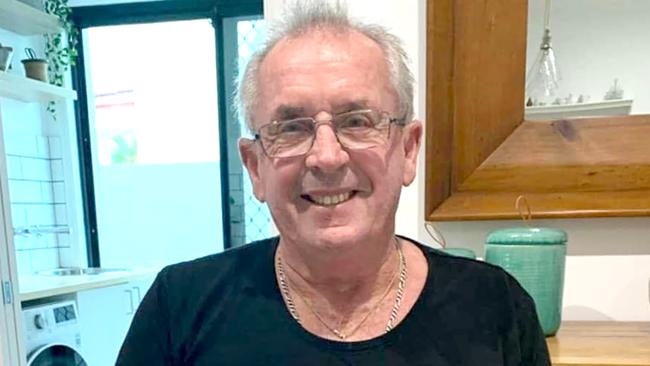Concerning spike in Gold Coast motorcyclist deaths prompts safety warning
As the community mourns the loss of two riders in the space of a week, new data has revealed motorcycle fatalities on the Glitter Strip are at a record high and continuing to climb.
Gold Coast
Don't miss out on the headlines from Gold Coast. Followed categories will be added to My News.
A road safety advocate has urged motorists to drop the “selfish attitude” to improve road culture amid a concerning spike in Gold Coast motorcyclist deaths.
Last year, motorcycle fatalities on the Glitter Strip doubled those recorded 2020 and 2019, according to figures obtained by the Bulletin.
The spate of tragedies has shown no sign of slowing down, with deaths this year on track to surpass those recorded in 2021.
Crash Analytics Reporting System data found there were six motorcyclist deaths on Gold Coast roads last year, compared to three in 2020 and three in 2019.
Four motorcyclists have already lost their lives on local roads so far this year, including two men killed in separate horror crashes on the M1 within just a week.
Chris McDermott, 66, died last Wednesday when his motorbike and another vehicle collided at Nerang, causing him to come off his bike and into the path of a truck.

Steve Powter, 61, died last Monday after his motorcycle struck a light pole while he was travelling north on the M1 on-ramp at Oxenford.
Jack Baugh, co-director of Gold Coast motorcycle group Whiskey Throttle Collective, said the 61-year-old was known to members.
“We know he’s a good rider and he’s travelled that road thousands of times before, so we don’t really know what caused that one,” Mr Baugh said.
“With the increased traffic on the Gold Coast since Covid, it’s definitely become a scarier place on the roads for motorcyclists.”

News of the recent tragedies sparked heated debate online about driving habits, with one Bulletin reader writing: “the way they swerve in and out of traffic, they’re definitely asking for trouble”.

Lane filtering – when a motorcycle rider moves alongside vehicles that have either stopped or are moving slowly (less than 30 km/h) – is legal in Queensland.
Lane splitting – where riders move between traffic going faster than 30km/h – is illegal.
Queensland Motorcycle Council (QMC) president Graham Keys said despite being allowed, some motorists still attempted to block motorcyclists from lane filtering.
“There are always going to be people who see the road as their road, and if you’re going to get past them, they see that perhaps as a personal afront,” Mr Keys said.
“I suppose you call that a selfish attitude. If we’re going to be displaying that on the road, then it can lead to problems.
“I suspect this is probably underlying some of the issues of road rage that you see on the road.”

QMC and Queensland Police have also linked an increase in motorcycle deaths and accidents to the growing number of motorcycles being registered in Queensland.
“Highway Patrol Gold Coast regularly performs high profile patrols of known motorcycle routes,” a police spokeswoman said.
“We encourage all riders young and old to undertake an advanced defensive riding course to enhance their riding skills.”
Mr Keys said while there was no magic bullet, a change in road culture and more government subsidised training could reduce the number of lives being lost.
“I think it’s about (addressing) a much broader social culture of ‘it’s all about me and I’m entitled to be the first one to do something, or to be in front’,” he said.
“The culture of how we share the road, that is a social issue for the whole community.”




